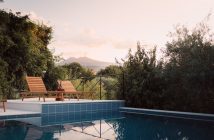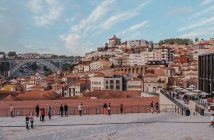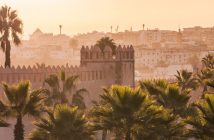From chilly station platforms to a chilled-out paradise, Greg Machray flees the big smoke for a postage stamp-sized slice of island life in the Indian Ocean…
The long-haul winter break – tell me there’s a more appreciated holiday. An escape from the grim, damp, dark streets of rainy London, where it’s been frigid for weeks, where the sun seems to only be visible through the dim windows of the office, where the only upside is the temptation of a cold beer in a warm pub. Light, warmth, blue skies and sunshine. That’s what we’re seeking here. A simple swap of hemispheres to visit a lush delight, somewhere the Earth’s wobble is kinder to the climate. Just a 13-hour flight from a cold, dark Gatwick to the lush verdant landscape and golden glow of Mauritius. An island I had few expectations of, save for the delights of beaches, sun and rum.
And blimey, what a shock to the system it was when we finally arrived. Sun so bright you could almost hear it, vibrant flora that throw shade on my sickly pale houseplants back home, a relaxed atmosphere where nobody checked their watch every three minutes – it might as well have been Venus it was so alien to my vitamin D-deprived body. And isn’t that the point of escaping London winters? To remember what the sun actually looks like?
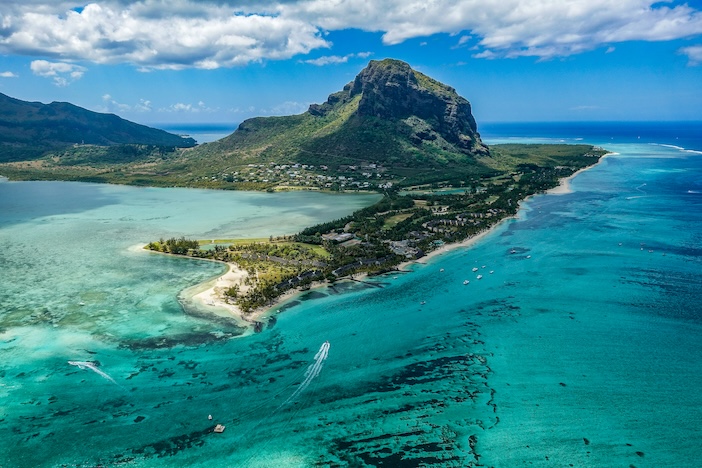
Photo by Xavier Coiffic (courtesy of Unsplash)
But where exactly are we, you might ask? Mauritius, for those of you scratching your heads at the geography quiz, is a little gem floating in the Indian Ocean, 1,100 miles off the east coast of Africa. Picture a green postage stamp on a king-sized duvet – that’s how it feels on the world map. Weather-wise, it’s the stuff of British daydreams – a tropical maritime climate that hovers between “pleasantly warm” and “a bit steamy” all year round.
You can traverse the entire paradise in less than two hours, your journey from south to north unveiling a tapestry of verdant landscapes while dramatic mountain silhouettes stand sentinel along the way. One such peak is the spectacular Pieter Both Mountain that looms to the west of the main highway through the island’s interior. It juts upwards, with a monolithic rock formation at its top. Legend has it that it’s the petrified head of a milkman. Perhaps the faeries took offence to his milk float?
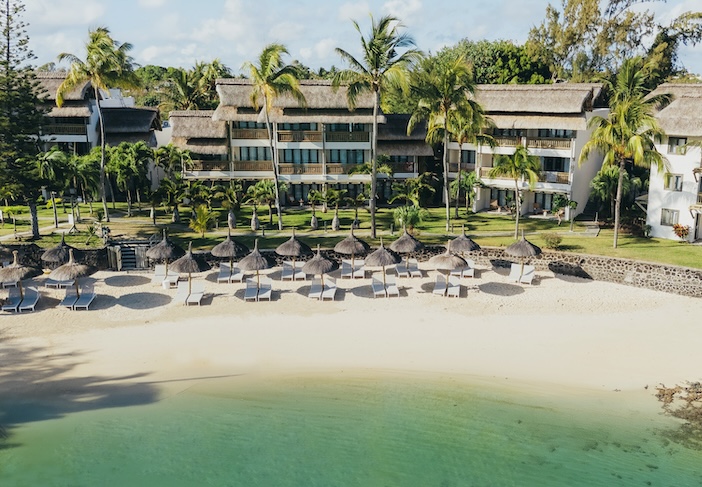
With these spectacular views as our introduction to this jewel of the Indian Ocean we arrived at our own slice of luxury, the newly renovated Veranda Paul et Virginie. An intimate gem of a boutique hotel, this authentic-styled haven sits on an enviable outcrop overlooking a turquoise-blue lagoon. Topped by thatched roofs, its architecture makes the most of the temperate climate, with an airy open design that encourages the cooling sea breeze to waft through the hotel – nature’s air conditioning at its finest.
From the moment we arrived, the hotel’s calm, laid-back vibe seemed to permeate the staff, who seemed to have it right: convivial, friendly, and perpetually in good spirits. Island life clearly brings an enviable outlook, especially compared to the demeanour of the average Northern Line denizen I encounter on a Tuesday morning.
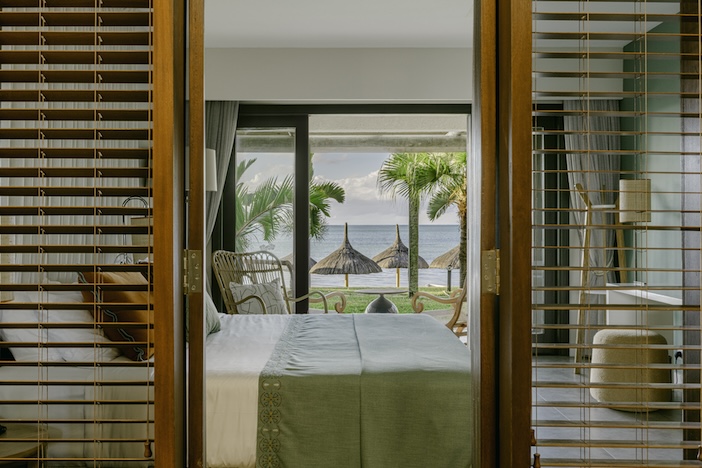
After settling into our idyllic surroundings, I discovered that while relaxation is very much the focus here, for those who get twitchy just lying around, sea sports are an exciting alternative, with kayaking, windsurfing, all the way up to day-long boat trips to exotic islands off the coast with uninhabited beaches to play out your Castaway fantasies.
This truly is a couples’ paradise – with views to make your Instagram followers weep (and possibly block you out of pure jealousy), innovative cocktails that somehow always taste better than at home, spa treatments to drop the tension from your desk-bound shoulders faster than you can say “out of office” and two restaurants serving a variety of cuisines that put paid to any diet plans you might have. Top it off with a pair of pools set in tropical gardens, one overlooking a jetty into the lagoon, and you’ve got the perfect spot to while away an hour or two, clutching a cocktail while watching the resident songbirds flit and the locals fish.
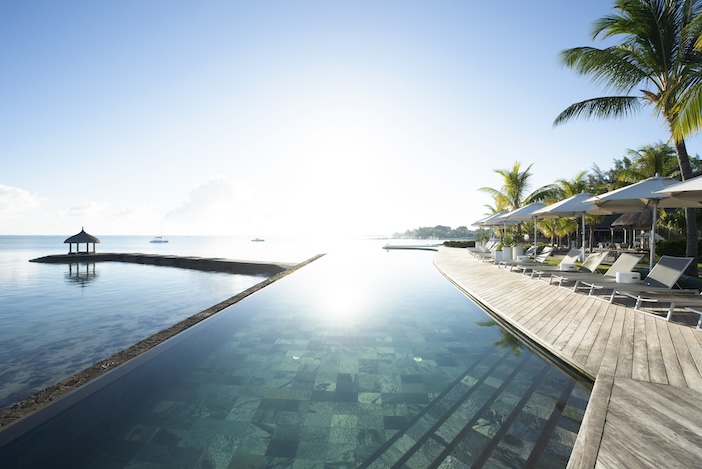
Now, let me tell you about the food – and no, we’re not talking about your local Nando’s. The hotel’s beachside restaurant “Saint Geran” manages to be equal parts beach cabana and fine dining – bringing some refinement to the easy-going vibe without requiring you to iron your flip-flops. It’s a brilliant launchpad for culinary exploration, showcasing how the island’s colonial history has created a United Nations of flavour.
Successive waves of immigrants have all left their mark on the menu, with Chinese fried rice sitting comfortably next to Bengali biryani, and dhol puri, served next-door to French-influenced rich rougaille sauce loaded with tomatoes. But the ocean’s bounty is the real star of the show. Here, the catch of the day doesn’t just arrive on your plate – it practically introduces itself and suggests which wine you might enjoy with its company.
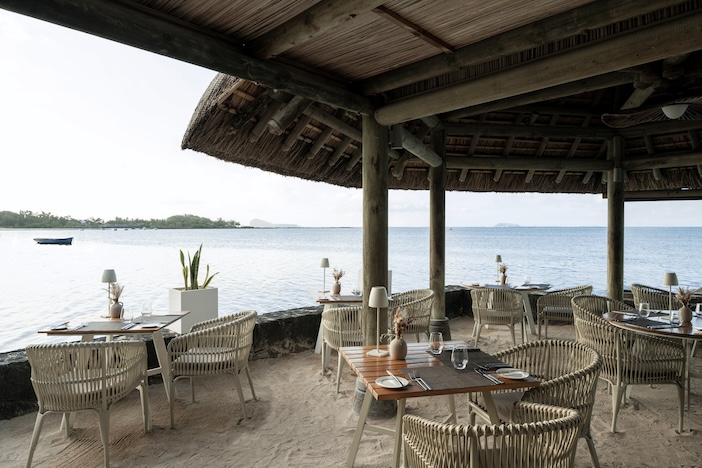
But don’t think for a minute that fine dining is your only option – in fact, some of the most memorable tastes come from far humbler origins. As you venture from the hotel towards Grand Baie, the nearest town of any significance, colourful stalls punctuate the roadside, offering up irresistible street fare. Sizzling barbecue sausages, quick and plentiful fried rice, ready-to-go curry-stuffed farata, all topped with spiky coconut and chilli chutney and bright pickled achar that adds a kick of flavour to brighten your day. Any beach worth its sand has an enticing kitchen set back from the shore, smoke drifting lazily through palm trees like a postcard come to life, the smell of barbecued seafood tempting enough to lure you away from your relaxation for a taste of authentic local flavour. No soggy Pret sandwiches in sight!
Following our noses from these roadside delights, Grand Baie itself makes for a cracking day out. For those looking for a little retail therapy, local products are up for grabs by the bucketload. Mauritius has a rich history in textiles manufacture – a legacy that means you can clothe yourself from head to sandy toe without troubling your wallet, from breezy shirts that scream “I’m on holiday” to beachwear that’ll make your local swimming pool sessions look positively dowdy.
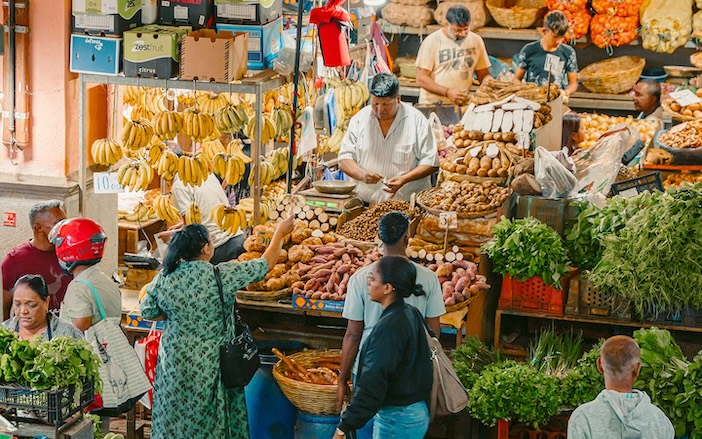
Port Louis Market, Grand Baie (photo courtesy of mauritiusnow.com)
You’ll find island treasures in the lively market, local specialist shops with surprisingly reasonable prices, and even the odd beach-focused international brand for those who can’t bear to shop without a logo. The town also boasts an array of restaurants and bars that ping-pong between authentic local gems and tourist-friendly haunts.
Inland, the botanic gardens at Pamplemousses make a fascinating visit – and I’m not just saying that because I was desperate for some shade after too much beach time. It’s a garden of Eden, teeming with more wildlife than a David Attenborough box set. The tropical flora mingles with monuments to the country’s proud democratic and independent recent history – though let’s be honest, you’re here for the plants, not the politics. Majestic baobab trees stand like ancient sentinels, while banyan trees with their sprawling tentacle roots put the man-made monuments to shame – a not-so-subtle reminder that Mother Nature was in charge here long before humans arrived with their commemorative plaques.
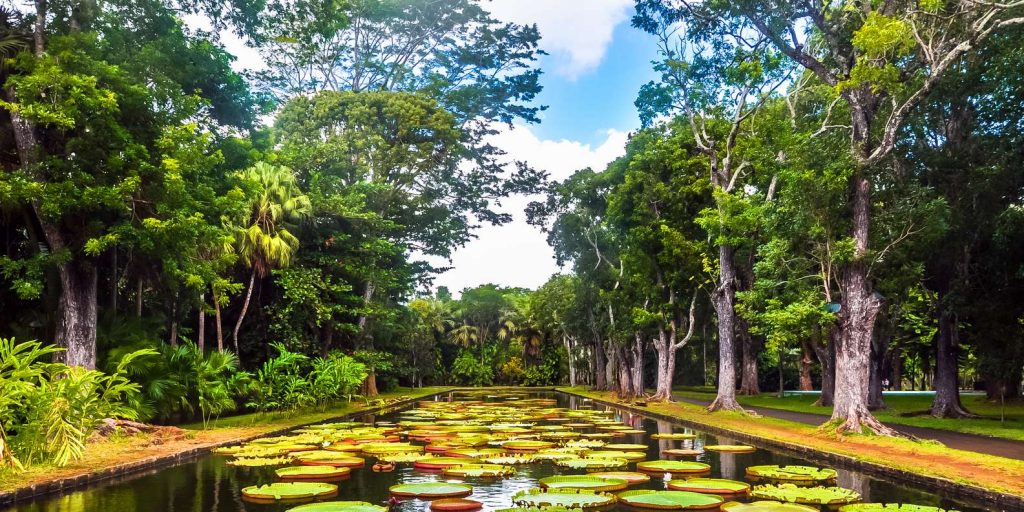
While the plant life steals the show at first glance, it’s not just the greenery that impresses here. Native fruit bats roost in the canopy above; unique, endangered, and rather massive – flying foxes with a tropical diet plan. If you’re lucky (or unlucky, depending on your phobia levels), you might spot one having a snooze, hanging upside down like a furry umbrella.
At head height, it’s impossible to miss the little flame-orange cardinals that dart through the trees and shrubs, from branch to branch – one might posit that they are to the botanical gardens as the achar is to the street food snacks: small, vibrant, and delivering an unexpected punch. Then there are the ponderous giant tortoises, lumbering about at a pace that makes continental drift look sprightly. Sharing the dodo’s fate of island extinction (humans and their appetites, eh?), these shelled giants have since been reintroduced from neighbouring southern isles and now amble about an enclosure by the gardens’ entrance like living fossils on the world’s most leisurely patrol shift.
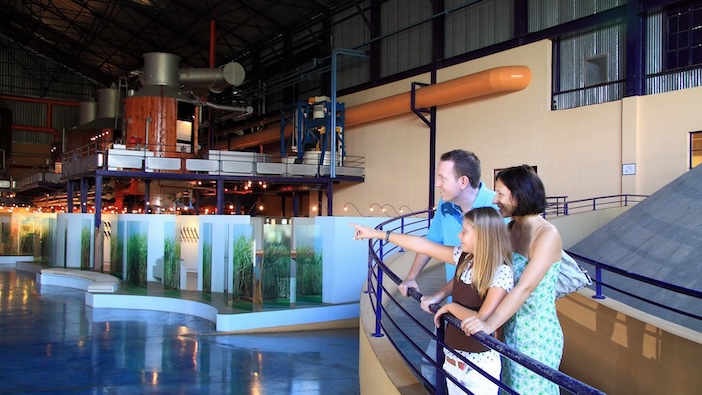
From living giants to sweet treasures, nearby, another botanical marvel is well worth a visit – L’Aventure du Sucre – a sugar cane plantation and processing plant, complete with museum. A sweet way to spend an afternoon, if you’ll pardon the pun (and if you won’t, I’m using it anyway). A legacy of early Dutch settlement, sugar production from the widespread cane plantations is a key industrial output, blanketing the landscape like a thick pile carpet that occasionally sways in the breeze.
And what’s the best use for an abundance of sugar cane? Yes, that’s right, you produce some excellent rum – because what else would you do with excess sugar but ferment it into something that guarantees poor decision-making? While rum was originally claimed as a way to “disinfect and sanitise water” (the most delicious medical treatment in history), it’s come a long way since then. These days, distilleries produce everything from barrel-aged varieties smooth enough to impress a scotch drinker, through to exciting fruit and spice-flavored expressions that show why this is was a key stop in the spice trade.
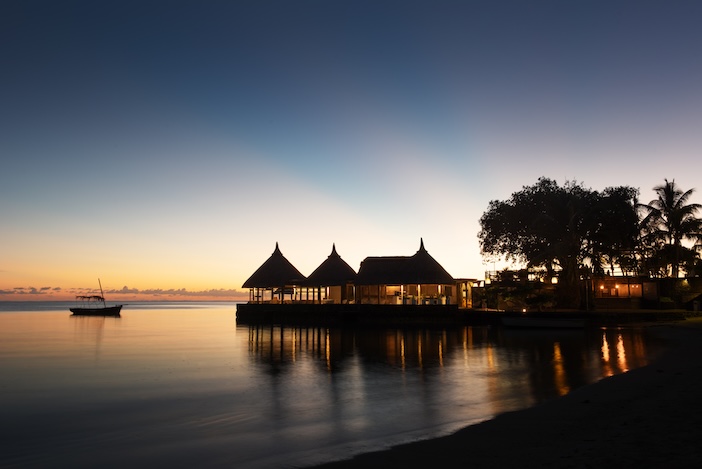
And so, with rum-soaked memories and a newfound perspective, all too soon it was time to return to the darkness of what seemed to be the third winter we’d seen this year in London – apparently the season was on a buy-two-get-one-free offer. Carrying a slice of island tranquility back to the urban chaos, at least I had some perspective that summer was soon to come.
I’m not sure if it was the rum still running through my veins, the laid-back vibe that had replaced my usual London scowl, or maybe just the sunburn slowly fading from lobster to merely embarrassing that made it all seem ok. Yes, spring was weeks away, but there was light, my dear friends. Light at the end of the tube tunnel and a rum old-fashioned waiting in the liquor cabinet – a little taste of Mauritius to sip while staring forlornly at the rain-speckled window, already planning the next escape.
Rates at Veranda Paul Et Virginie start at £134/night for 2 people in a Comfort Sea View Room on a B&B basis, £161 on a half board basis and £225 on an all-inclusive basis, based on a stay in June. For more information, please visit www.veranda-resorts.com.
For more information about Mauritius, and to start planning your trip, please visit the official tourism website, www.mauritiusnow.com.


